How to Measure Gemstones for Settings
Question:
I bought a small bag of gems in assorted sizes. I measured each gem and ordered the setting in the same size but they were either too big or too small. Where did I go wrong? How do I get the right fit?
I bought a small bag of gems in assorted sizes. I measured each gem and ordered the setting in the same size but they were either too big or too small. Where did I go wrong? How do I get the right fit?
OK, how did you measure the stones? Did you use a simple brass or plastic caliper or a digital/electronic one? The reason I ask is because when a person purchases a 'lot' of gemstones you get 'the good, the bad, and sometimes the ugly', many of which have been 'mine-cut'.
(Mine-cut means cut by the locals where the stone was mined. These folks are usually paid by the carat weight, therefore these stones often have deeper pavilions with thin or thick girdles and as they are cut under mostly primitive conditions, not well calibrated either, so the stones are not expensive to purchase.)
When a gemstone is not calibrated and a simple caliper is used to measure one, it is easy to read and think the stone measures, for example 5mm round, when if the same stone were measured using an electronic caliper it might measure 5.2mm and not really be round at all!
Now when using round snapsets, a smaller or larger setting can often be used with no problem, IF the pavilion is not too deep or wide. When using another shaped snapset such as a marquise, the stone really needs to be the same size as the setting due to the cut (points on marquise stones chip off very easily). A square or rectangular cut stone might fit into a setting a little smaller or larger, depending on the cut. If the stone has cushion cut corners, a slightly smaller setting would work better, and for full corners, using the exact sized stone is almost a must, again due to the pointy corners that can easily chip.
In my early years, I used a brass caliper however when I got serious about gemstones I invested in a digital/electronic one. When not in use I remove the battery to save its' life and have no problem measuring stones of any cut.
Advice; if you are going to invest in gemstones, invest in the necessary equipment so you can use them to your, and their, best advantage.
For a digital caliper, WS offers them for sale here: https://www.wirejewelry.com/jewelry-gauge-1.html
Answer contributed by Dale "Cougar" Armstrong
(Mine-cut means cut by the locals where the stone was mined. These folks are usually paid by the carat weight, therefore these stones often have deeper pavilions with thin or thick girdles and as they are cut under mostly primitive conditions, not well calibrated either, so the stones are not expensive to purchase.)
When a gemstone is not calibrated and a simple caliper is used to measure one, it is easy to read and think the stone measures, for example 5mm round, when if the same stone were measured using an electronic caliper it might measure 5.2mm and not really be round at all!
Now when using round snapsets, a smaller or larger setting can often be used with no problem, IF the pavilion is not too deep or wide. When using another shaped snapset such as a marquise, the stone really needs to be the same size as the setting due to the cut (points on marquise stones chip off very easily). A square or rectangular cut stone might fit into a setting a little smaller or larger, depending on the cut. If the stone has cushion cut corners, a slightly smaller setting would work better, and for full corners, using the exact sized stone is almost a must, again due to the pointy corners that can easily chip.
In my early years, I used a brass caliper however when I got serious about gemstones I invested in a digital/electronic one. When not in use I remove the battery to save its' life and have no problem measuring stones of any cut.
Advice; if you are going to invest in gemstones, invest in the necessary equipment so you can use them to your, and their, best advantage.
For a digital caliper, WS offers them for sale here: https://www.wirejewelry.com/jewelry-gauge-1.html
Answer contributed by Dale "Cougar" Armstrong

Materials

Gemstone options
Tools

Brass Caliper - Gemstone And Bead Measuring Tool
G7-9
- G7-9
- Lesson Quantity: 1.00 pieces
- Purchase Quantity: 1.00 each
- Price: $5.97
- Gold Club Price: $4.48

Digital Calipers With Stone Holder by Euro Tool
GAU-179.00
- GAU-179.00
- Lesson Quantity: 1.00 pieces
- Purchase Quantity: 1.00 each
- Price: $39.97
- Gold Club Price: $29.98

Electronic Caliper
G7-37
- G7-37
- Lesson Quantity: 1.00 pieces
- Purchase Quantity: 1.00 each
- Price: $30.97
- Gold Club Price: $23.23
- Category: Stones
- Technique(s): Design







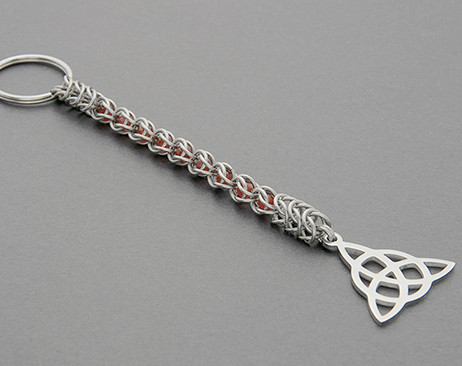
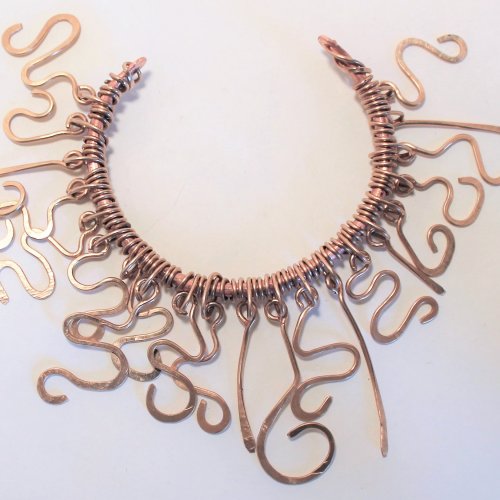
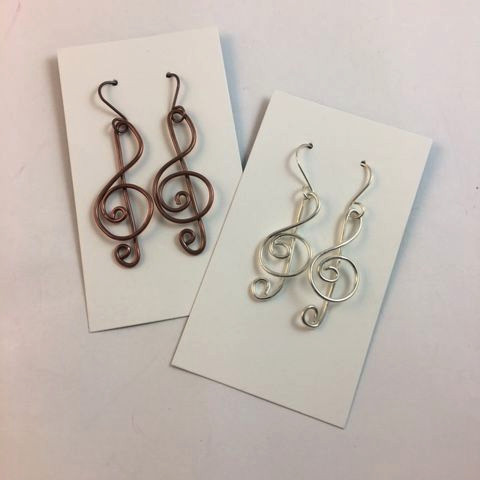

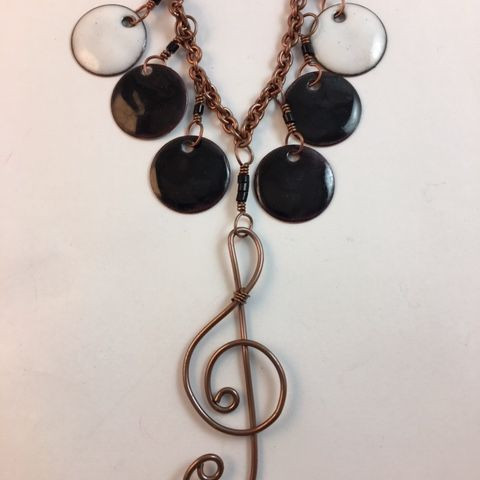
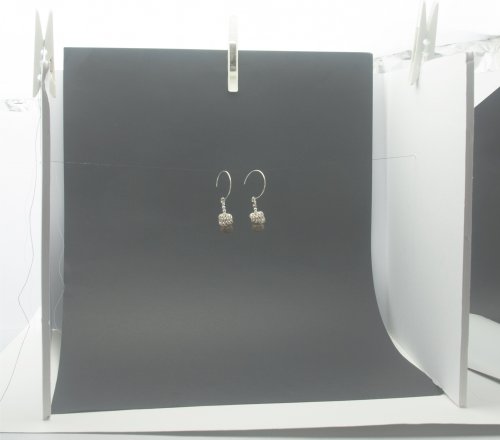
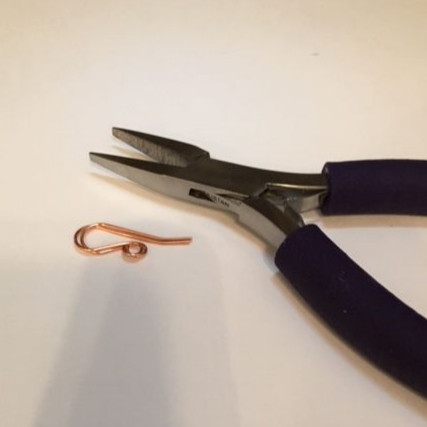
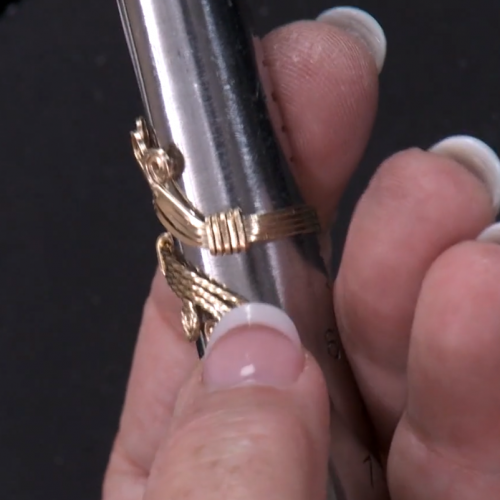

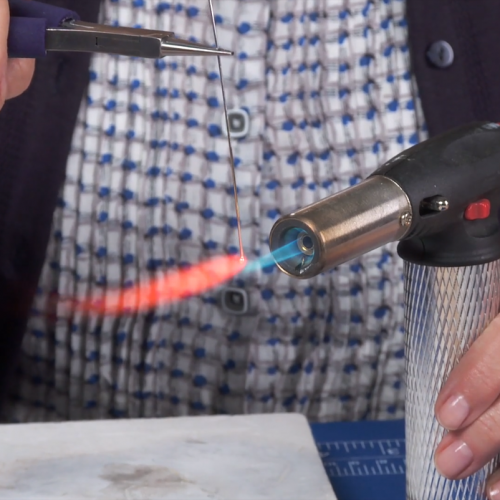
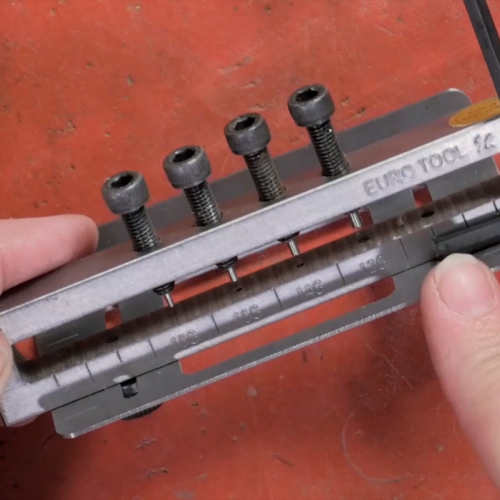
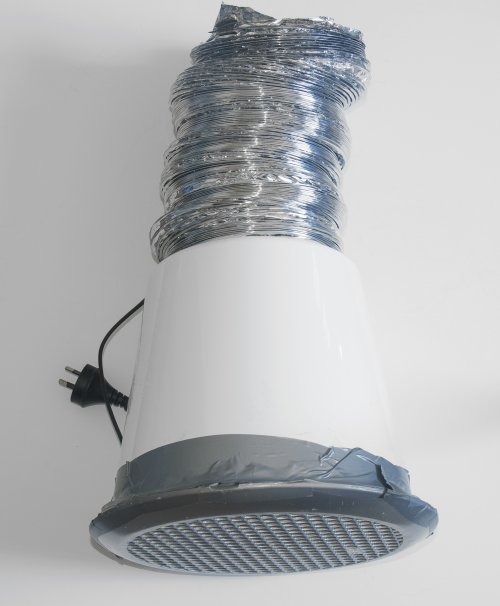
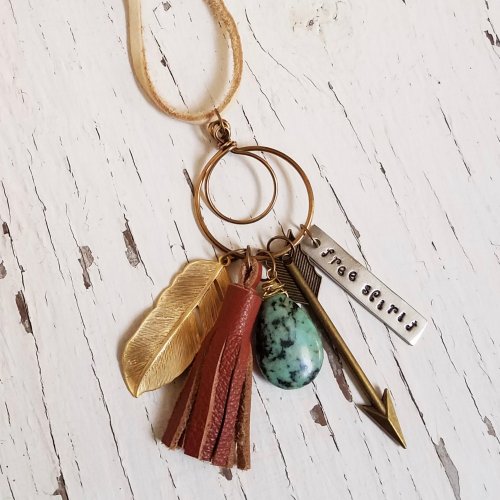
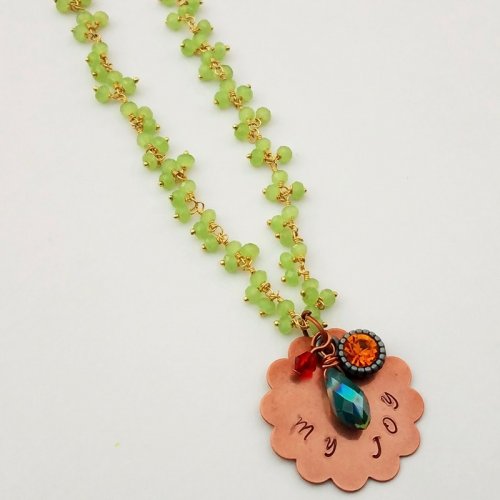
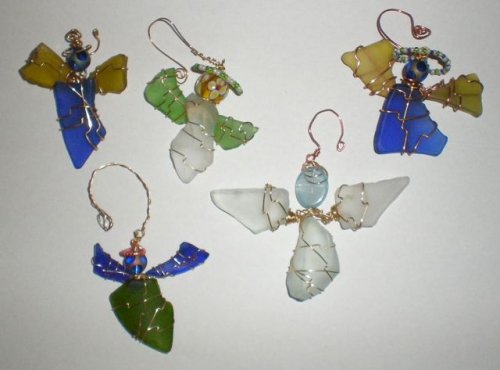
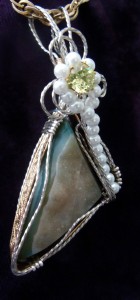
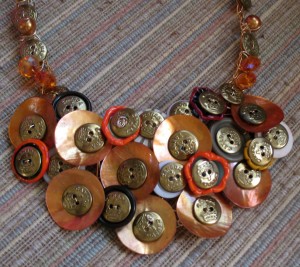
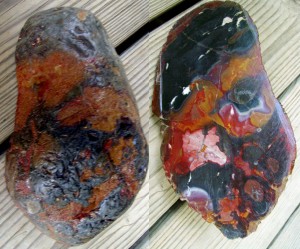 Gem Profile- Beautifully Colored Jasper
Gem Profile- Beautifully Colored Jasper Gem Profile- Common Opal
Gem Profile- Common Opal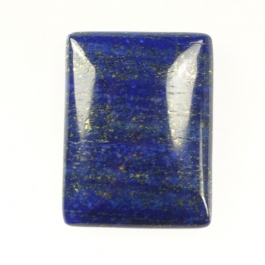 Gem Profile- Lapis Lazuli
Gem Profile- Lapis Lazuli Wire Sculpture Expert Dale -Cougar- Armstrong Interview
Wire Sculpture Expert Dale -Cougar- Armstrong Interview Getting Twisted - Jewelry Making Tools
Getting Twisted - Jewelry Making Tools How to Price Your Wire Jewelry
How to Price Your Wire Jewelry Cool Anklets are HOT
Cool Anklets are HOT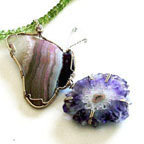 Inspiration Comes from Everywhere and Every Thing
Inspiration Comes from Everywhere and Every Thing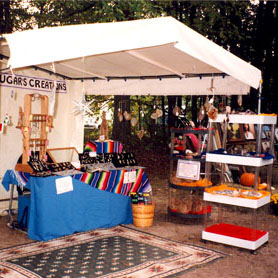 Wire Jewelry Display and Booth Ideas
Wire Jewelry Display and Booth Ideas Where to Sell Your Wire Jewelry
Where to Sell Your Wire Jewelry How to Choose Wire Temper for Making Jewelry
How to Choose Wire Temper for Making Jewelry What Gauge of Wire Should I Use to Make Jewelry
What Gauge of Wire Should I Use to Make Jewelry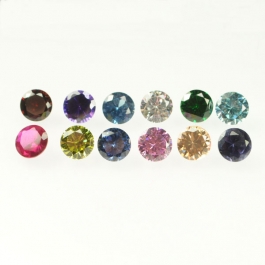 What's a Cubic Zirconia Stone
What's a Cubic Zirconia Stone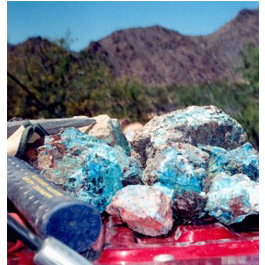 Rockhounding - A Beginner's Guide
Rockhounding - A Beginner's Guide What Shape of Wire Should I Use to Make Jewelry
What Shape of Wire Should I Use to Make Jewelry Gem Profile- Bloodstone
Gem Profile- Bloodstone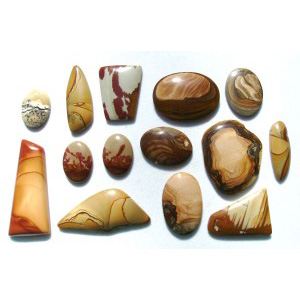 Gem Profile- Picture Jasper
Gem Profile- Picture Jasper Gem Profile- Patterned Jaspers
Gem Profile- Patterned Jaspers Gem Profile- What is Jasper
Gem Profile- What is Jasper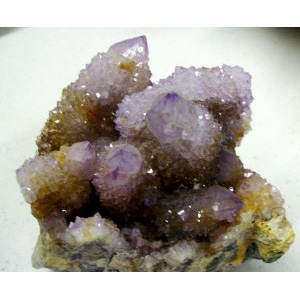 Gem Profile- Quartz Introduction
Gem Profile- Quartz Introduction Gem Profile- Wishful Turquoise
Gem Profile- Wishful Turquoise Gem Profile- Amethyst
Gem Profile- Amethyst Gem Profile- Fluorite
Gem Profile- Fluorite Gem Profile- Obsidian
Gem Profile- Obsidian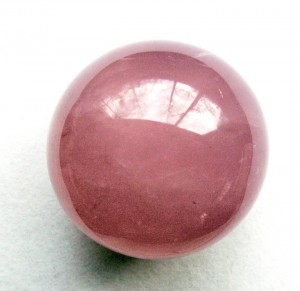 Gem Profile- Rose Quartz
Gem Profile- Rose Quartz Gem Profile- Smoky Quartz
Gem Profile- Smoky Quartz Gem Profile- Citrine and Ametrine
Gem Profile- Citrine and Ametrine Gem Profile- Labradorite
Gem Profile- Labradorite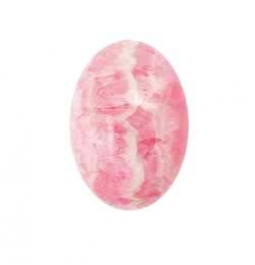 Gem Profile- Rhodochrosite
Gem Profile- Rhodochrosite Gem Profile- Moonstone
Gem Profile- Moonstone Gem Profile- Prehnite
Gem Profile- Prehnite Gem Profile- Jade
Gem Profile- Jade Gem Profile- Amazonite
Gem Profile- Amazonite Gem Profile- Corundum
Gem Profile- Corundum Gem Profile- Quartz with Inclusions Part 1
Gem Profile- Quartz with Inclusions Part 1 Gem Profile- Quartz with Inclusions Part 2
Gem Profile- Quartz with Inclusions Part 2 Gem Profile- Aventurine
Gem Profile- Aventurine Gem Profile- Macrocrystalline Quartz
Gem Profile- Macrocrystalline Quartz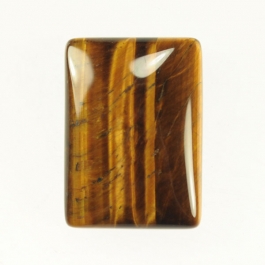 Gem Profile- Tiger Eye
Gem Profile- Tiger Eye Gem Profile- Fire Agate and Iris Agate
Gem Profile- Fire Agate and Iris Agate Gem Profile- Amber
Gem Profile- Amber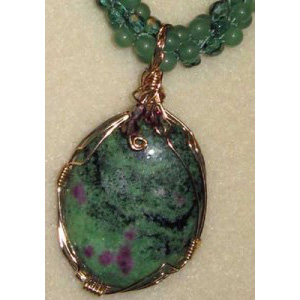 Gem Profile- Ruby Zoisite
Gem Profile- Ruby Zoisite Gem Profile- Ruby Fuchsite
Gem Profile- Ruby Fuchsite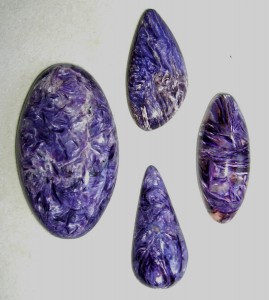 Gem Profile- Charoite
Gem Profile- Charoite Gem Profile- Moldavite
Gem Profile- Moldavite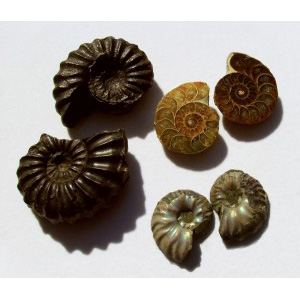 Gem Profile- Ammolite
Gem Profile- Ammolite Gem Profile- White Precious Opal
Gem Profile- White Precious Opal Gem Profile- Opalized Fossils
Gem Profile- Opalized Fossils Gem Profile- Boulder Opal
Gem Profile- Boulder Opal Gem Profile- Black Precious Opal
Gem Profile- Black Precious Opal Gem Profile- Pyrite
Gem Profile- Pyrite Gem Profile- Opal Introduction
Gem Profile- Opal Introduction


